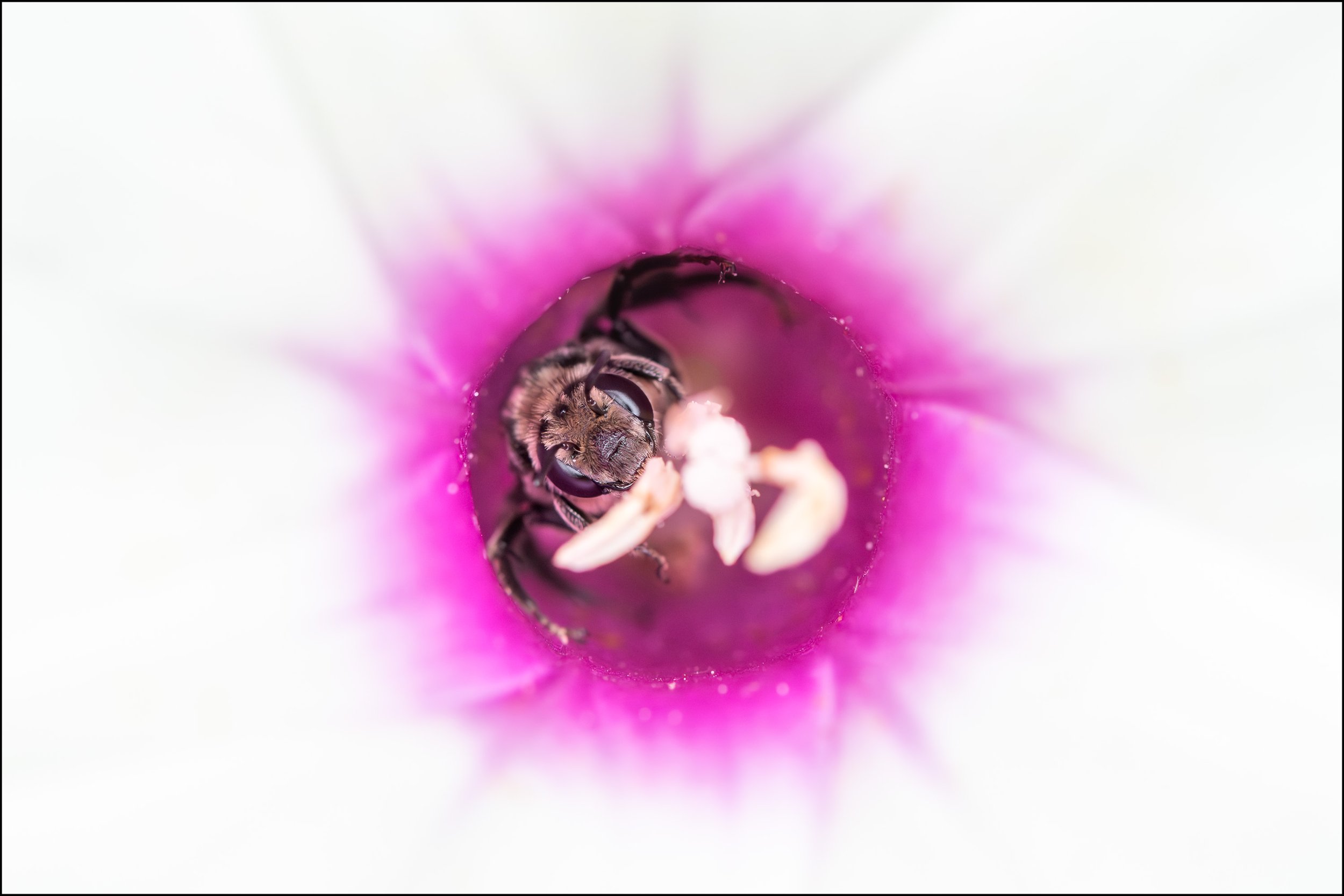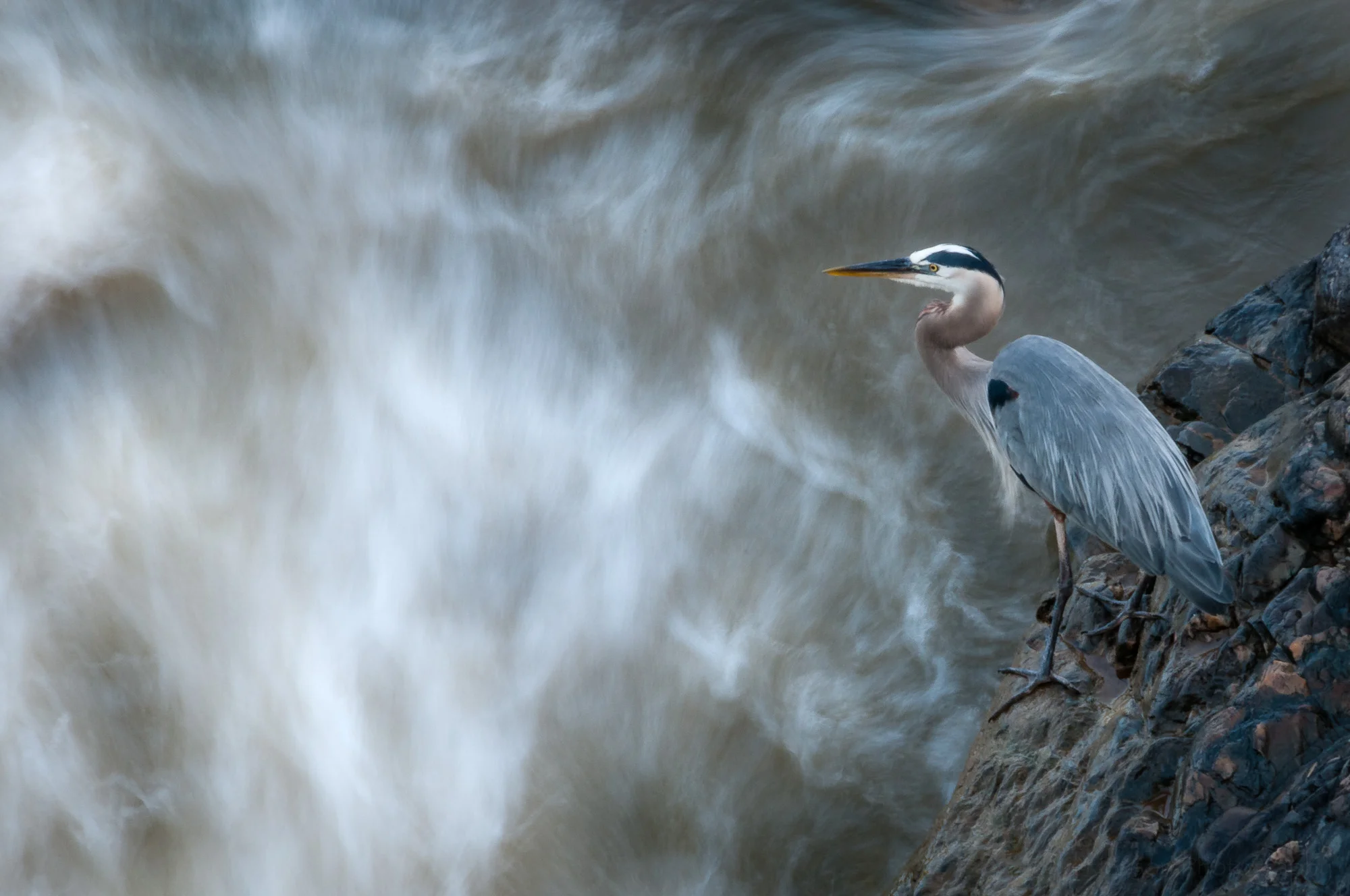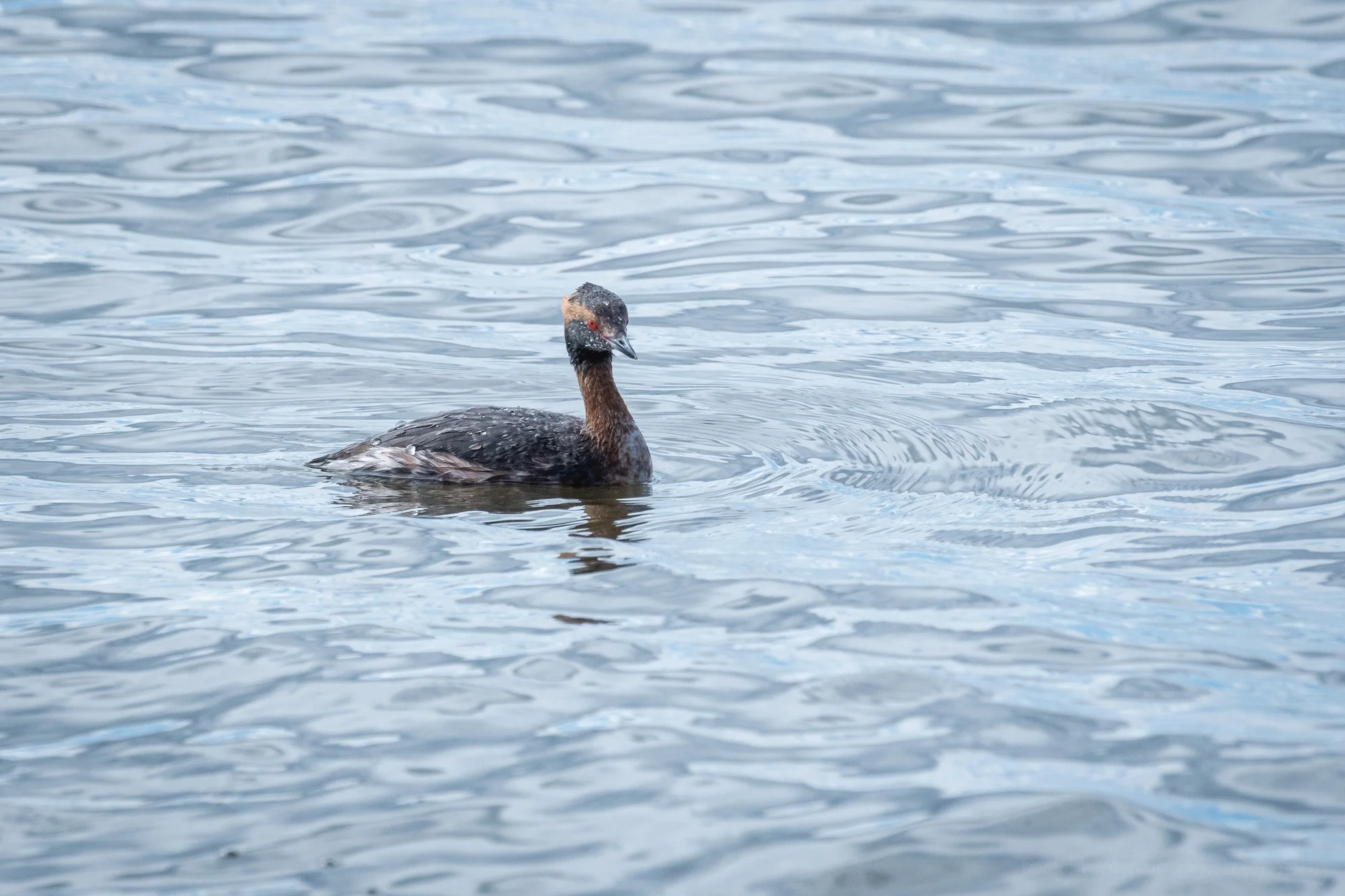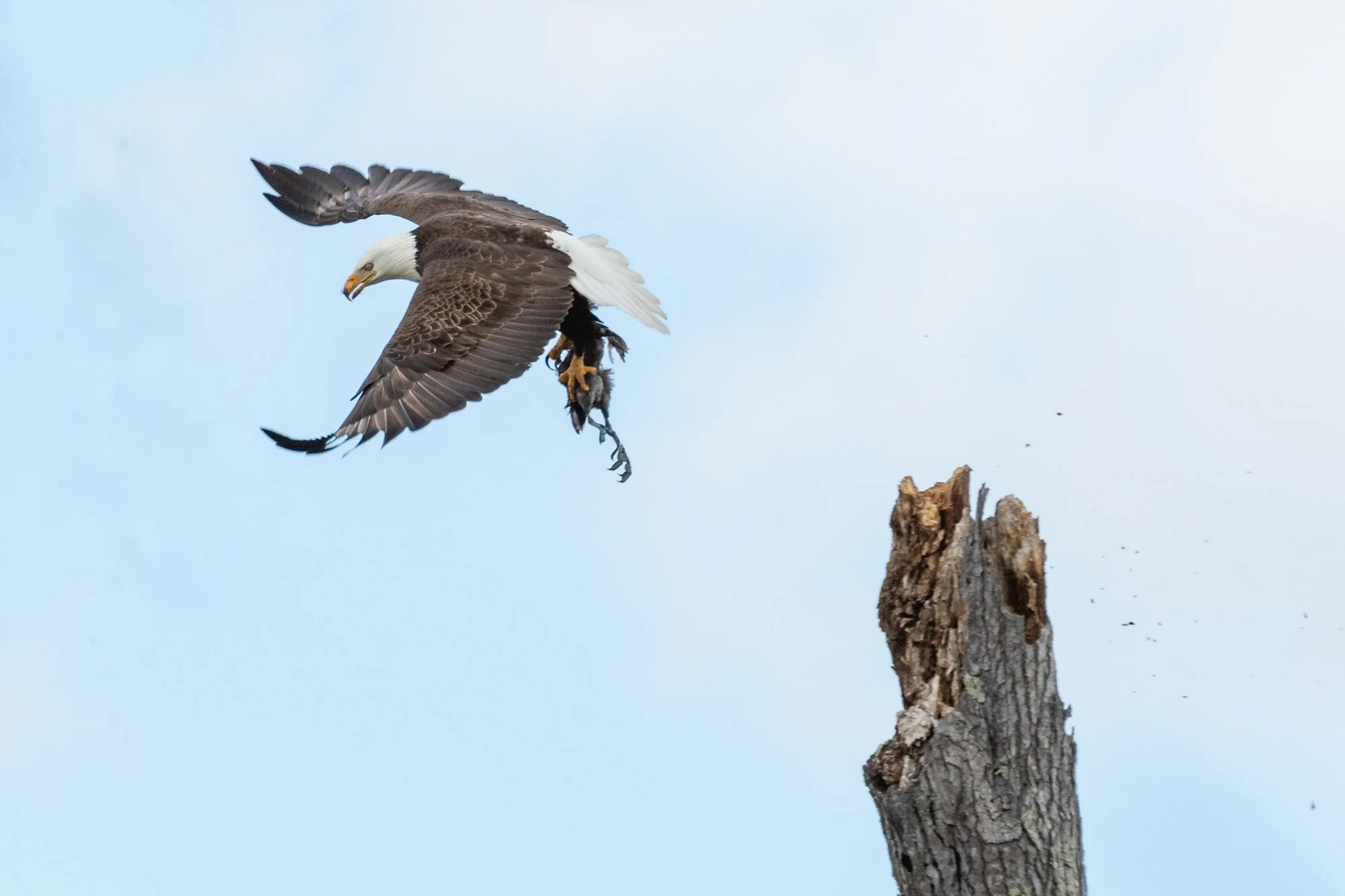Keeping Watch - Portland Head Light watching over Casco Bay
Maine’s coastline can be a rough and rocky terrain, potentially dangerous for the boats and ships that must navigate its waters. Portland Head Light, the oldest lighthouse in Maine, stands watch over Casco Bay and the channel leading into Portland Harbor. Located in Cape Elizabeth within Fort Williams State Park, Portland Head Light is likely the best known lighthouse in Maine.
Being the most popular Maine Lighthouse also makes Portland Head Light one of the most photographed. Most of the photos I’d seen of the lighthouse were grand sweeping landscape images that included much of the coastline and the grand keeper’s house and were often full of bold, vibrant colors. There are some really fantastic photographs out there of this lighthouse. But I wanted to try something with a different feel to it.
Trails follow the coastline in Fort Williams State Park, so I chose a path to the left of the lighthouse. I found a vantage point that let me isolate the lighthouse from the keeper’s house and the other small buildings. I really liked the idea of this lone sentinel atop the rocky coast standing watch over the bay. Late afternoon storm clouds covered most of the sky, with a bit of a clearing towards the left. I liked how this clearing to the left helped balance the lighthouse to the right. And finally, processing the photo in black & white helped add to the mood I was looking for.
It didn’t matter that people were all around me walking the trails of the park. Carefully isolating the lighthouse from the rest of the scenery helped create a quiet, intimate look at a lighthouse and the body of water it keeps watch over.
Keeping Watch is available for purchase as wall art or on a variety of products.



















































































